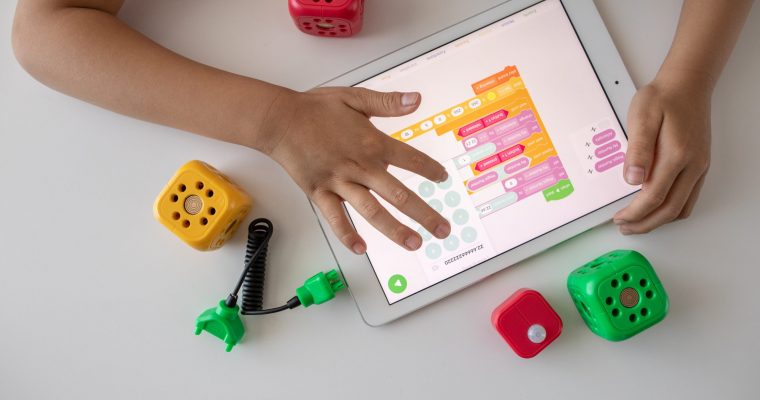Learning professionals have used gamification with microlearning combination to get better learning results by increasing learners’ engagement and knowledge retention. The combination adds a bit of fun to the eLearning course, the reason why many organizations have adopted this method.
If you aim to improve your employees’ engagement and knowledge retention through this combination, then this article is for you.
In this article, I outlined the ways you can combine gamification with the microlearning approach, to get a better training result.
Microlearning and Gamification
Microlearning is a training methodology that involves breaking down professional courses into short and direct pieces. For example, companies break down long training courses into micro-courses and allow employees to revise them independently by choosing the most appropriate resource when needed.
Furthermore, gamification involves the application of game-design principles to non-game activities. It utilizes game elements like points, rewards, rules, tournaments, and challenges to create fun and make learning addictive.
This learning experience motivates and improves learners’ engagement and participation. In other words, gamification is referred to as learning through play.
For example, transferring something children do for fun to adult settings for learning. Furthermore, gamified microlearning is composed of mini-games developed for employee training.
It contains game elements such as rewards, points, levels, batches, and achievements that can be completed in a short time.
How to get the best result from gamification using the microlearning approach
1- Employ meaningful game mechanics
Before designing the gamification, spend time to develop the ideas. Many developers get overwhelmed with the ideas and end developing a game that adds nothing to the learner.
Considering the cost of developing gamification, this may be a complete waste of time and resources. Furthermore, Use game elements like rewards, points, and levels when needed to add fun to the game.
Choose a microlearning format based on your intended use. Use flow charts and micro quizzes to test and remind learners about the topic learned.
2- Include real and In-context scenarios
Gamification improves learners’ engagement but must do in the right way. Gamification scenarios should relate to their skills. For example, taking learners on an adventure is a great idea, but what if it doesn’t relate to the context of their work.
It will not improve the learners’ engagement. Instead, Use simple gaming scenarios with characters that learners can relate to it.
3- Deliver gamified, personalized, and adaptive microlearning
Microlearning nuggets and gamification can be combined to deliver a personalized learning path. You can use gamified microlearning or use microlearning nuggets that will feature gamification.
For example, when each microlearning nuggets have points, rewards that are associated with them. Add a dashboard where learners can view their scores, points, rewards, levels, and progress.
4- Challenge learner to improve their performance
Challenge learners to compete with each other on a leaderboard. The gamification elements (points, batch, and rewards) should be the basis for scoring.
If done right, gamification and microlearning can improve the performance of your learners. It will increase learners’ desire to acquire more knowledge and challenge them to beat previous scores.
For example, rank attained at the end of each micro-games will motivate learners to improve or stay at the top of the table.
5- Provide meaningful feedback
Design the microlearning and gamification in a way to get feedback from the learners. For example, if learners should be rewarded with points when they cross a milestone that will make them unlock the next micro-game task.
Doing this will help you get feedback on the progress of learners. You can add a one-on-one interaction session with learners and an easy micro-gaming quiz to get quality feedback from learners.
6- Focus on performance-based learning.
Focus on performance-based learning for learners at the time they need it. Gamification and microlearning must be accessible on multiple mobile devices.
Ensure that each micro-game meets up a specific performance-based goal by using the right content. For example, micro-quizzes that unlock further questions on performances.
Conclusion
The human brain processes information in bits, don’t bombard learners with too many courses at a time. Microlearning and gamification is a way to help to improve learners’ engagement without a rush.
Learners build new information on previous knowledge to increase learners’ retention. Gamification and microlearning is a good combination if done right.
Remember, it is the relevance and engagement that counts most and not the batch and rewards. But if gamification turns out to be a distraction, you should redesign or abandoned it for learning.







